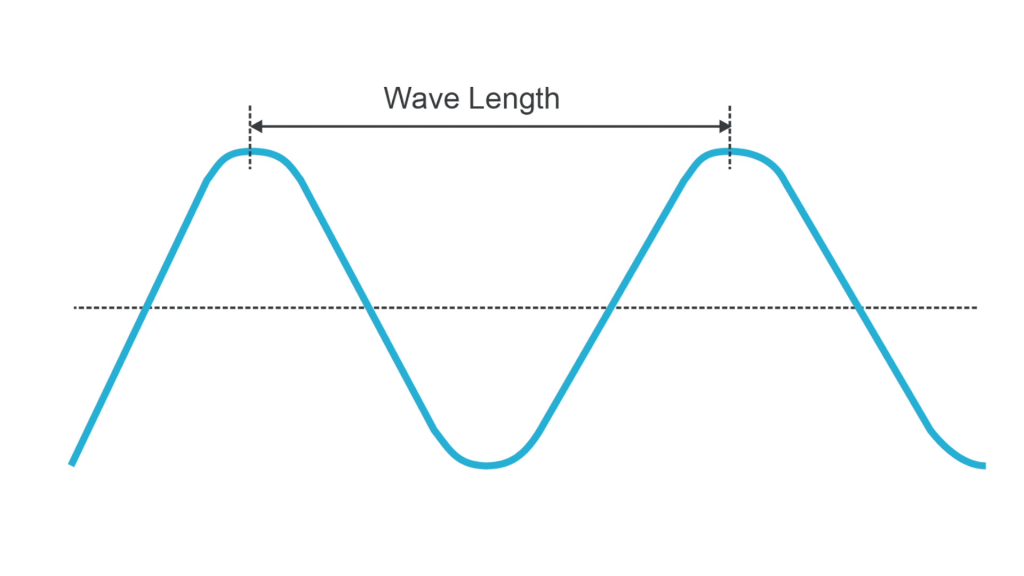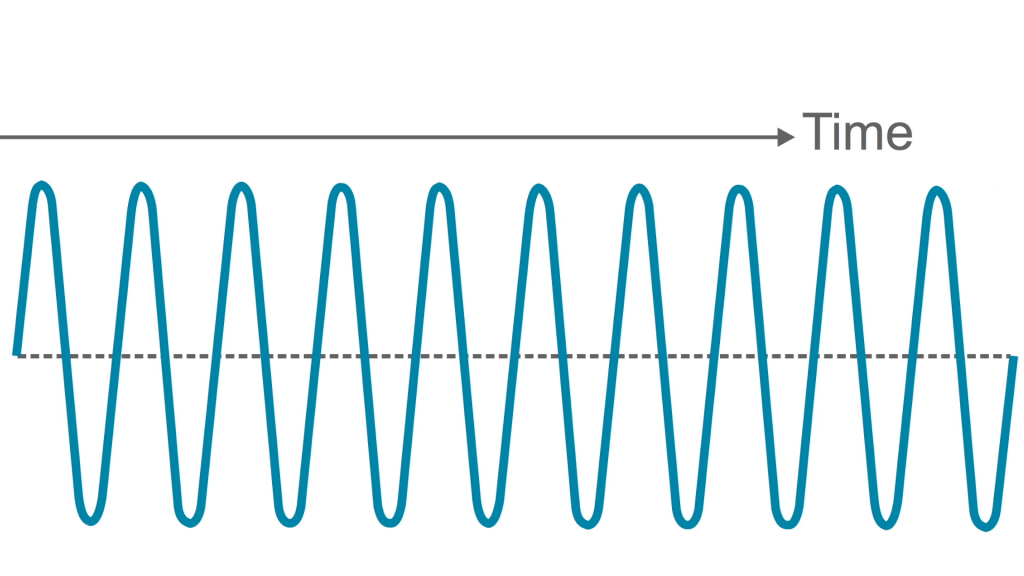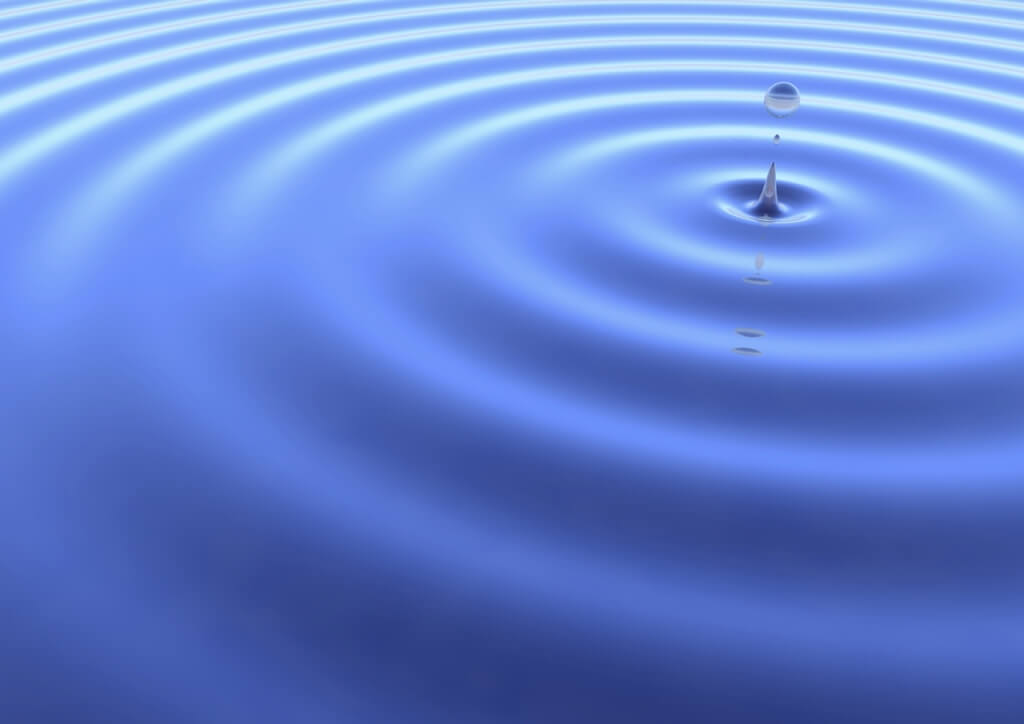Basic Radio Awareness
Introduction to Radio Communications Principles
What is a radio wave?
As mentioned in the basic communication model, in order to convey information to somebody:
- A user must impose a pattern,
- which interacts with a medium in a channel,
- which gets decoded at the recipient’s end,
- and is finally received in a form in which the recipient can understand it.
Most of these interactions between the patterns and the medium of the channel are best described by waves. When someone speaks, they’re using pressure waves in order to convey information to somebody else. These pressure waves represent points at which molecules of air are packed closer together, and points at which they’re further apart.
Energy is pumped into the atmosphere to compress molecules together. The high point of the energy which squashes the molecules closer together is called the crest of the wave. The low point of the energy, when the molecules are far apart, is called the trough of the wave.
The number of waves passing by in a single second that would be the frequency. Frequency is simply the number of waves passing per second. Just like the ripples on a pond after a stone has been thrown into it, all the little ripples that passed through a certain point would indicate frequency. Radio frequency is identified as number of waves per second or cycles per second. The modern term for this is hertz.
Waves also have a wavelength to them – the distance between the same positions on two waves. In radio, wavelengths can be very long. A single wave can be the size of a human being.

There are, however, much shorter wave lengths, which are shown on the electromagnetic spectrum, of which radio communications makes use of.

The electromagnetic spectrum stretches from gamma rays down to the lowest form of radio waves. They include the following:
- Gamma-Ray
- X-Ray (like in a medical examination)
- Ultraviolet light
- The optical spectrum that we can see: Red, orange, yellow, green, blue, purple.
- Infrared light
- Microwave Radar
- TV – FM Radio
- Shortwave Radio
- AM Radio
- Submarine communications
Humans are not the only users of the different parts of the electromagnetic spectrum. For instance, bees use ultraviolet and moths use infrared. In the radio part of the spectrum, however, humans are probably the only users.
Of the human usage of the radio spectrum, the biggest users are the military. They use the longest wave length radio in order to allow submarines to communicate with each other, and they also use the higher parts of the spectrum because it can penetrate buildings and communicate with people inside.
 Radio Academy
Radio Academy








